Home » Farm Animals » The Green Side of Grazing: How Farm Animals Help the Environment

When 100 cows graze on a single acre of land, something magical happens. Those seemingly simple animals munching away in pastoral fields aren’t just creating postcard-perfect scenes – they’re powerful environmental allies quietly reshaping our planet’s future.
I remember standing in a regenerative farm in Montana, watching a herd of cattle methodically move across the landscape. “They’re not just eating,” the farmer told me, “they’re gardening.” He was right, and the science proves it.
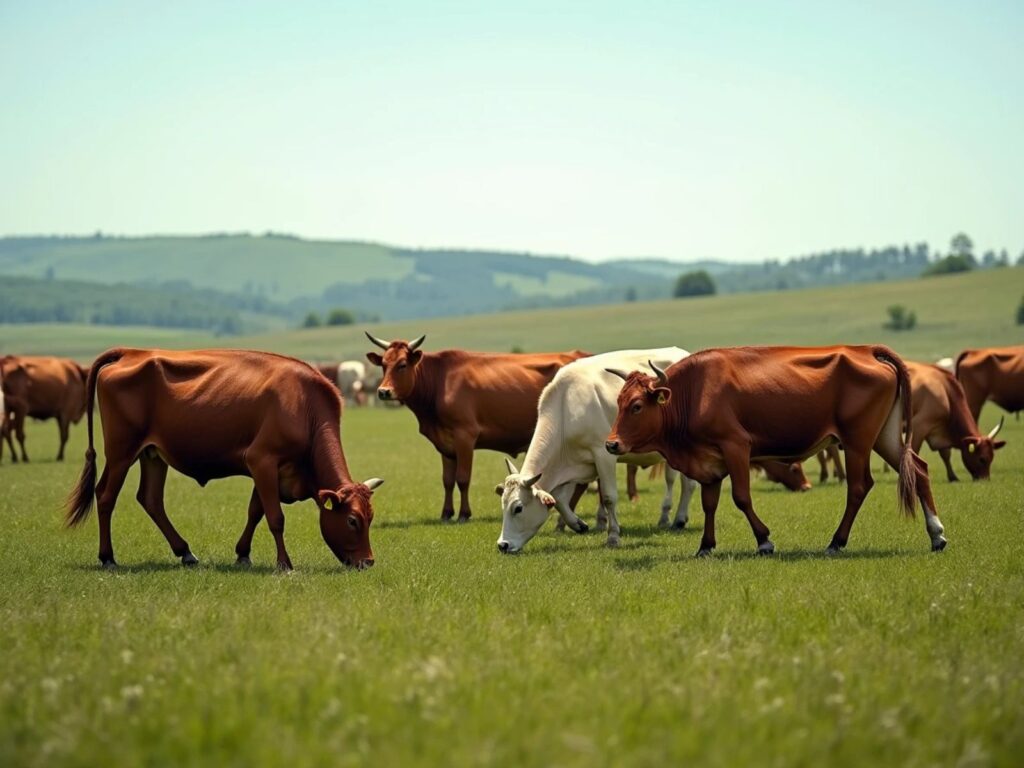
Those hooves you hear? They’re doing vital work. When cattle and sheep move across pastures, they:
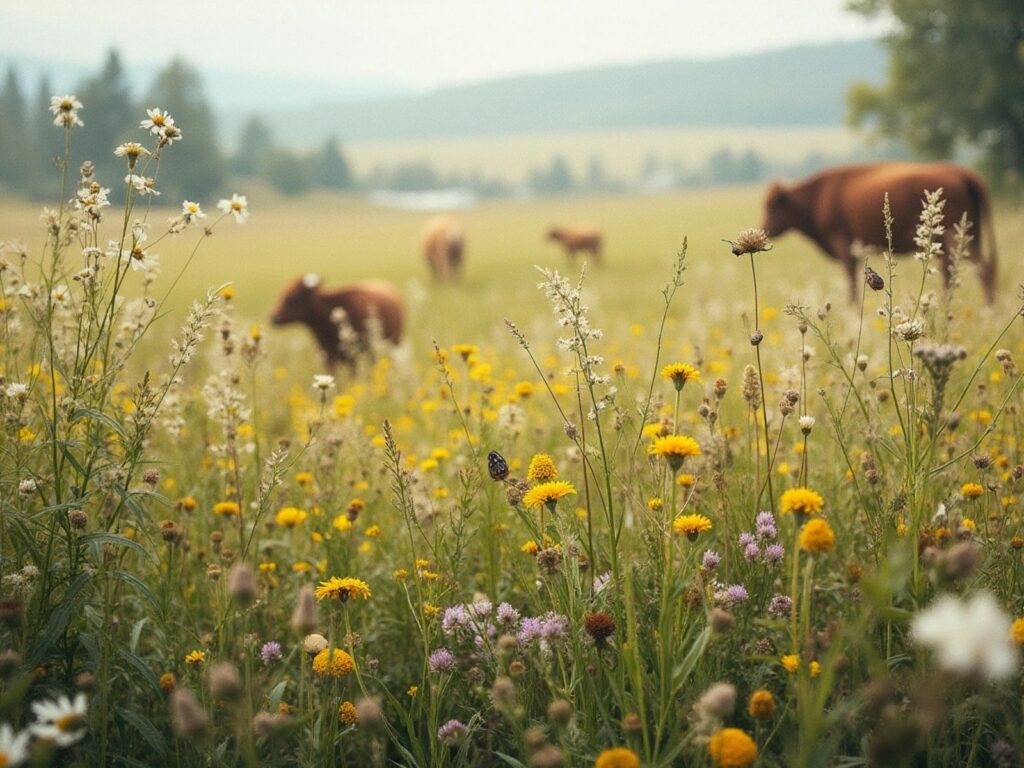
Here’s something fascinating: grazing creates what scientists call “habitat heterogeneity” – a fancy way of saying “nature loves variety.” When animals graze, they create:
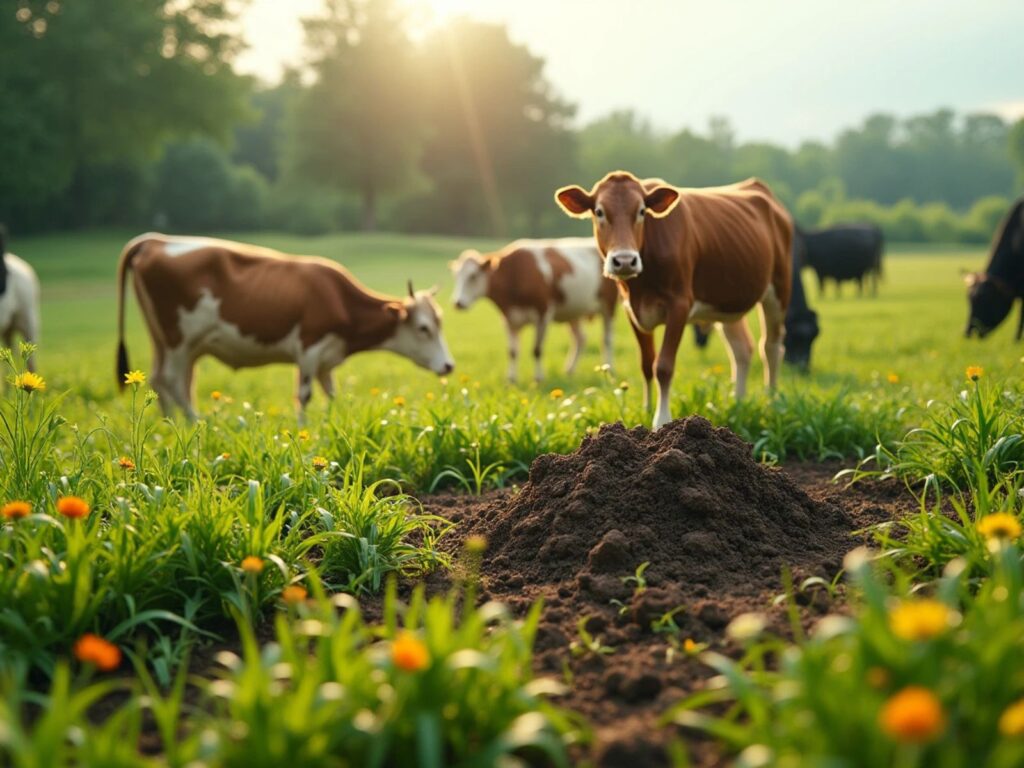
Each cow produces about 65 pounds of manure daily (I know, that’s a lot!). This natural fertilizer is like gold for the soil, providing:
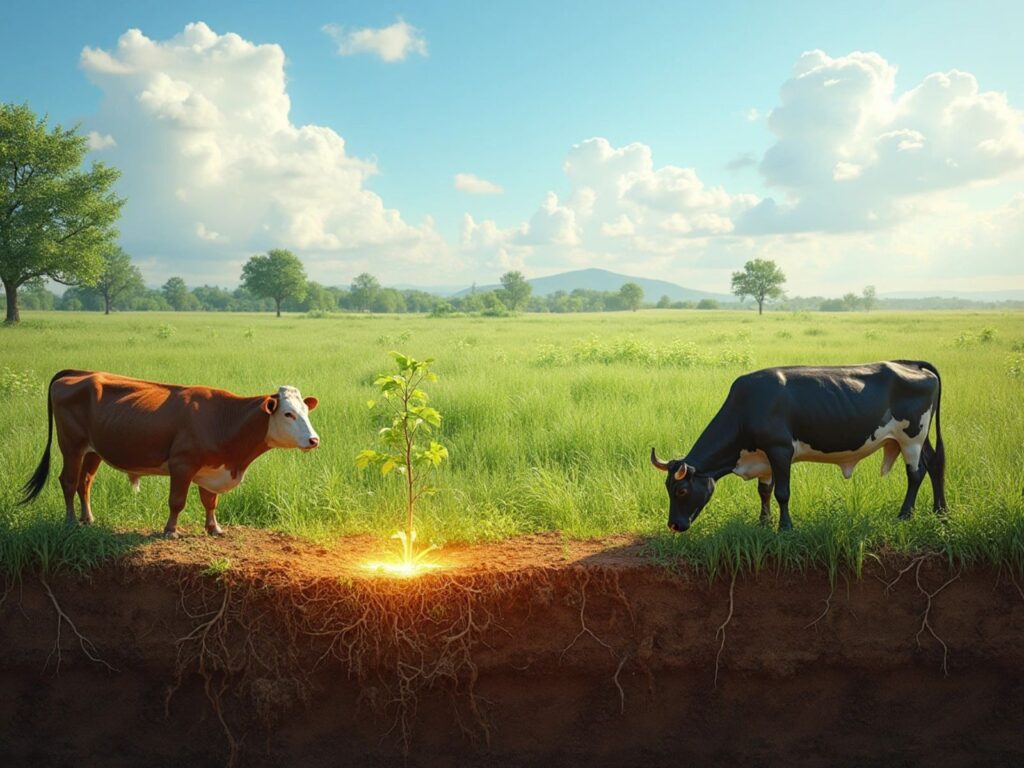
When managed properly, grazing lands become powerful carbon sinks. The numbers are impressive:
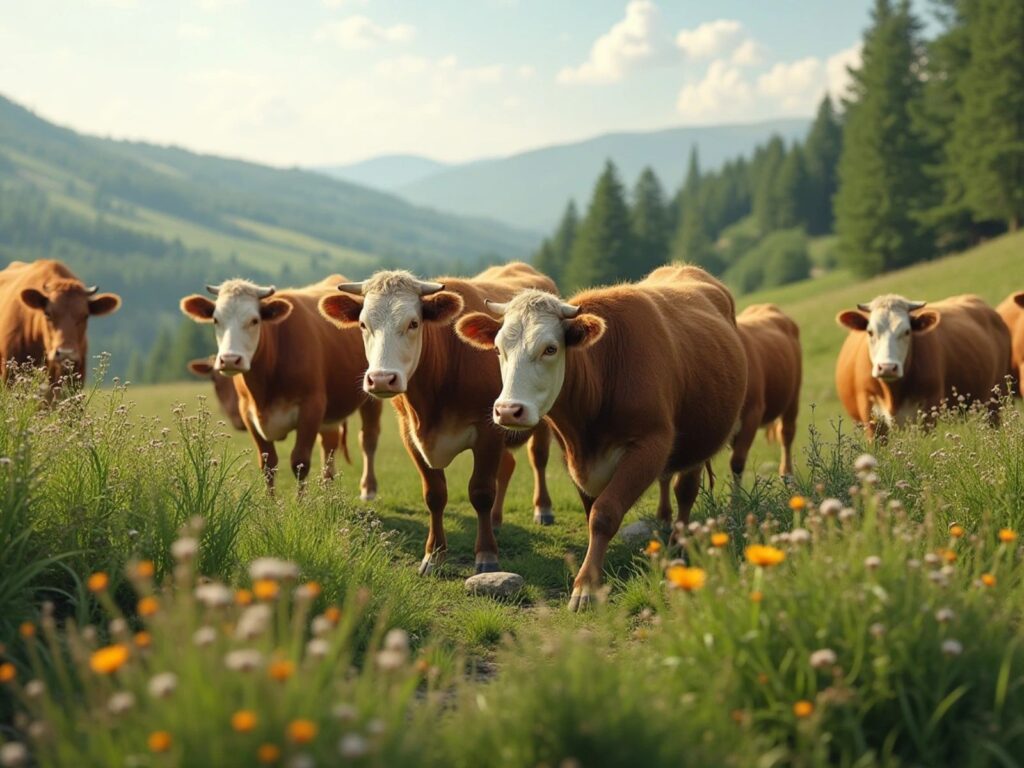
Forget chemical sprays! Grazing animals, especially sheep and goats, are nature’s weed warriors. They:
The Jackson Ranch in Texas switched to planned grazing five years ago. Their results?
Smart Grazing = Healthier Planet
Whether you’re a farmer or a conscious consumer, here’s how to support regenerative grazing:
When we work with nature instead of against it, amazing things happen. Those cows, sheep, and goats aren’t just farm animals – they’re ecosystem engineers helping restore our planet’s natural balance, one bite at a time.
Remember: healthy grazing isn’t just about feeding animals – it’s about nourishing the entire planet. The next time you see livestock in a field, you’re watching environmental heroes at work!
Sign up for our newsletter and receive the next story before it is lunched
Our blog is made with love to give you advice on how to take care of your beloved pets and to help you learn everything about their stories